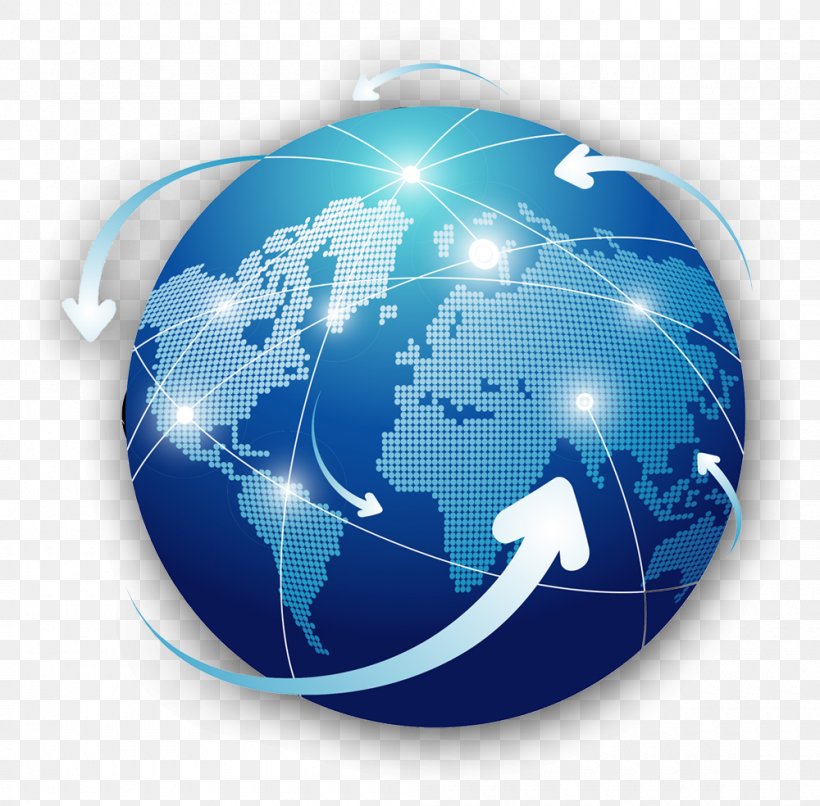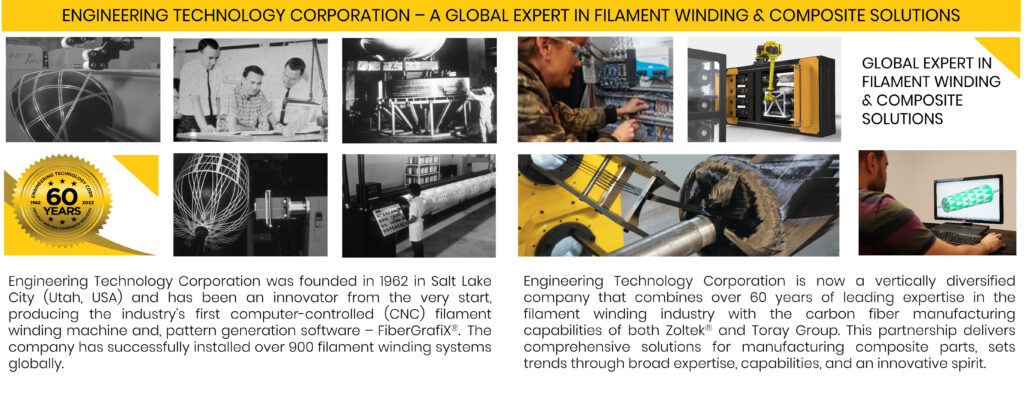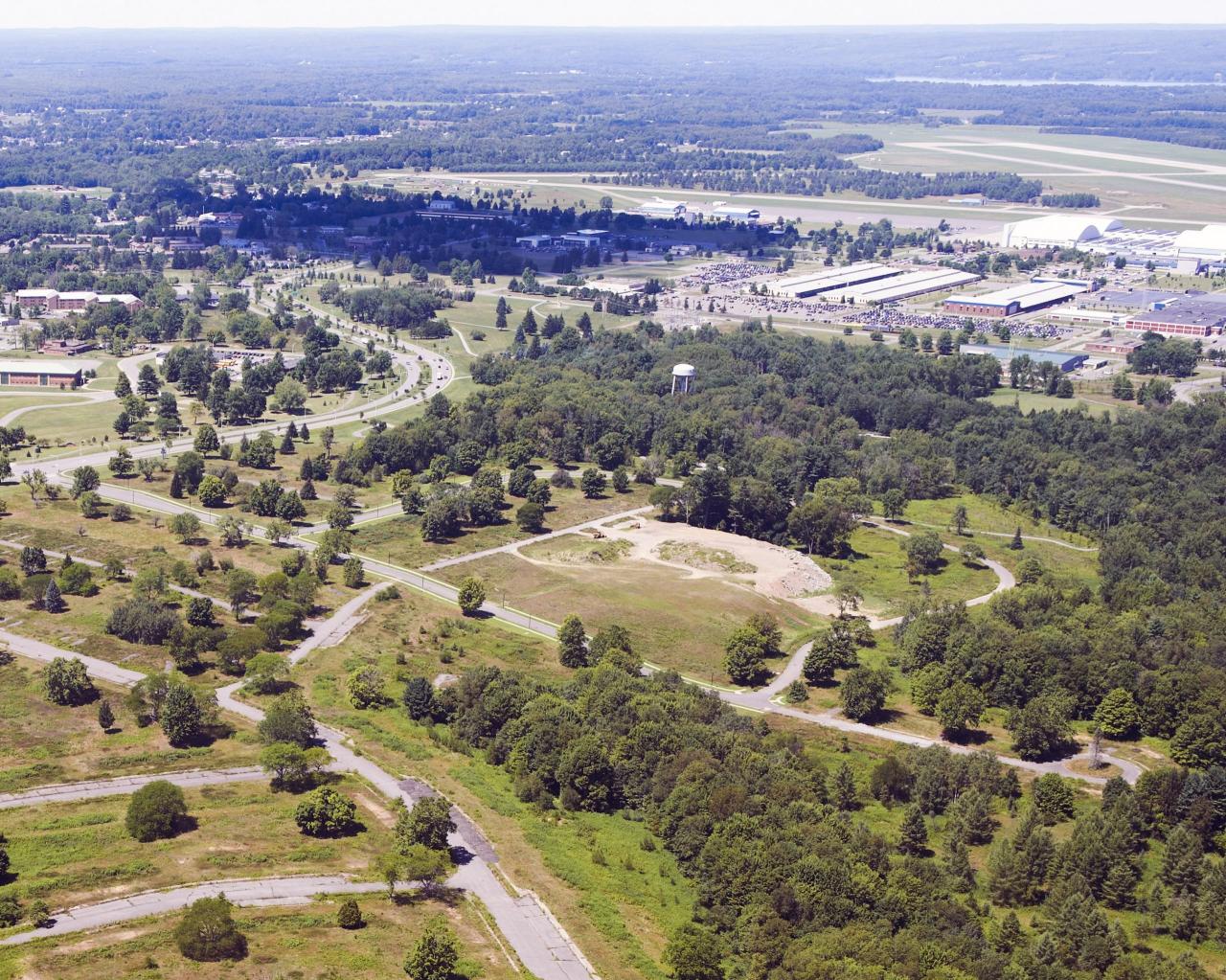Globe Technology: Shaping Our World
Globe technology, from the humble physical globes of centuries past to the immersive virtual reality experiences of today, has undergone a remarkable evolution. This journey has been driven by advancements […]

Globe technology, from the humble physical globes of centuries past to the immersive virtual reality experiences of today, has undergone a remarkable evolution. This journey has been driven by advancements in computer science, data visualization, and internet connectivity, leading to a diverse array of tools and applications that impact our lives in profound ways.
From education and research to navigation, gaming, and even art and design, globe technology has become an integral part of modern society. Its ability to visualize and analyze spatial data has revolutionized our understanding of the world, empowering us to explore, connect, and innovate in unprecedented ways.
The Evolution of Globe Technology
The journey of globe technology has been a fascinating one, spanning centuries and witnessing remarkable transformations. From the early days of physical globes to the sophisticated digital platforms of today, the evolution of globe technology reflects advancements in cartography, computer science, and our understanding of the world.
Early Physical Globes
Physical globes, representing the Earth in three dimensions, have a long history. The earliest known globes were created in ancient Greece, with the first documented example being a celestial globe constructed by the astronomer Eudoxus of Cnidus in the 4th century BC. These early globes were primarily used for astronomical and navigational purposes.
The development of printing in the 15th century led to the mass production of globes, making them more accessible to a wider audience. Globes became increasingly detailed and accurate, incorporating geographical features, political boundaries, and even ocean currents.
Types of Globe Technology
Globes, as a tool for visualizing the Earth, have evolved alongside technology. From the traditional physical globes to immersive virtual reality experiences, globe technology offers various ways to explore and understand our planet.
Physical Globes
Physical globes are traditional representations of the Earth, typically made of materials like plastic, metal, or paper mache. They are usually spherical and depict continents, oceans, countries, and other geographical features.
- Advantages: Physical globes provide a tangible and tactile experience of the Earth’s shape and geography. They are also excellent for teaching basic geographical concepts to children.
- Disadvantages: Physical globes are limited in their functionality. They cannot be updated with real-time data, and they are often static, meaning they do not allow for interactive exploration.
Digital Globes
Digital globes are computer-generated representations of the Earth, displayed on a screen or monitor. They are often interactive and allow users to zoom in and out, rotate the globe, and access various layers of information.
- Advantages: Digital globes offer a high level of interactivity and flexibility. They can be updated with real-time data, and they can display various types of information, such as weather patterns, population density, and political boundaries.
- Disadvantages: Digital globes require a computer or other electronic device to access. They can be less immersive than physical globes, and they may not be suitable for all users, particularly those with visual impairments.
Interactive Globes
Interactive globes are a type of digital globe that allows users to interact with the globe in real-time. They typically feature touchscreens or other input devices that enable users to rotate the globe, zoom in and out, and select different layers of information.
- Advantages: Interactive globes provide a highly engaging and interactive experience. They are often used in museums, educational institutions, and other public spaces to enhance learning and exploration.
- Disadvantages: Interactive globes can be expensive to develop and maintain. They may require specialized hardware and software, and they may not be accessible to all users.
Virtual Reality Globes
Virtual reality (VR) globes are immersive experiences that allow users to explore the Earth in a virtual environment. They use VR headsets and other technologies to create a realistic and interactive experience.
- Advantages: VR globes provide a highly immersive and realistic experience. They allow users to explore the Earth from any angle and perspective, and they can be used to simulate various scenarios, such as natural disasters or climate change.
- Disadvantages: VR globes require specialized hardware and software, and they can be expensive to develop and maintain. They may also cause motion sickness in some users.
Applications of Globe Technology
Globe technology, with its ability to visualize and interact with the Earth in three dimensions, has found widespread applications across various fields, revolutionizing the way we learn, research, navigate, play, and create.
Education
Globe technology has become an invaluable tool in education, offering an engaging and interactive way to learn about the world.
- Interactive Globes: These digital globes allow students to explore the Earth’s geography, topography, and cultural features in an immersive and interactive manner. Students can zoom in on specific locations, rotate the globe, and access information about different countries, cities, and landmarks.
- Virtual Field Trips: Globe technology enables students to embark on virtual field trips to distant locations without leaving the classroom. They can explore ancient ruins, witness natural wonders, and experience different cultures from the comfort of their desks.
- Data Visualization: Globe technology facilitates the visualization of complex data sets related to climate change, population density, resource distribution, and other global phenomena. This allows students to understand and analyze global trends in a visually appealing and engaging way.
Research
Globe technology plays a crucial role in research, providing a platform for visualizing and analyzing data, conducting simulations, and developing new insights.
- Climate Modeling: Researchers use globe technology to model climate change scenarios, simulate the impact of greenhouse gas emissions, and predict future climate patterns. This helps them understand the complexities of climate change and develop strategies for mitigation and adaptation.
- Geographic Information Systems (GIS): Globe technology is integrated into GIS systems, enabling researchers to analyze spatial data, create maps, and visualize patterns in geographical phenomena. This helps them understand relationships between different geographical features and develop solutions for environmental challenges.
- Remote Sensing: Globe technology facilitates the analysis of satellite imagery and remote sensing data, enabling researchers to study the Earth’s surface, monitor environmental changes, and assess natural disasters. This helps them understand the impact of human activities on the environment and develop sustainable practices.
Navigation
Globe technology has revolutionized navigation, providing accurate and real-time information to travelers and explorers.
- Global Positioning Systems (GPS): GPS technology relies on a network of satellites orbiting the Earth to determine the precise location of a receiver. Globe technology helps visualize GPS data, providing a clear understanding of the receiver’s position and its relationship to other locations on the Earth.
- Marine Navigation: Globe technology is widely used in marine navigation, enabling ships and boats to navigate safely and efficiently. It provides real-time information about weather conditions, sea currents, and other navigational hazards, helping to ensure safe passage.
- Aviation Navigation: Globe technology is also crucial for aviation navigation, enabling pilots to track their flight paths, monitor weather conditions, and communicate with air traffic control. This helps to ensure safe and efficient air travel.
Gaming
Globe technology has transformed the gaming landscape, creating immersive and engaging virtual worlds that allow players to explore the Earth and beyond.
- Virtual Reality Games: Globe technology is used in VR games to create realistic and immersive environments that allow players to explore the Earth from different perspectives. They can visit historical landmarks, explore remote locations, and experience different cultures in a virtual world.
- Open World Games: Many popular open world games utilize globe technology to create vast and detailed virtual worlds. These games allow players to explore vast landscapes, interact with other players, and complete quests in a richly detailed and immersive environment.
- Strategic Games: Globe technology is used in strategic games to simulate real-world scenarios, allowing players to make strategic decisions based on geographical factors. This helps players develop critical thinking skills and understand the complexities of global events.
Art and Design
Globe technology has inspired artists and designers to create innovative and visually stunning works of art.
- 3D Art: Globe technology enables artists to create 3D models of the Earth, allowing them to explore its beauty and complexity from different angles. This has led to the creation of stunning digital art pieces that showcase the Earth’s natural wonders.
- Architectural Design: Globe technology is used in architectural design to create models of buildings and cities, allowing architects to visualize their designs in a realistic 3D environment. This helps them optimize building layouts, assess the impact of their designs on the surrounding environment, and create sustainable and functional structures.
- Interactive Installations: Globe technology is used in interactive art installations, allowing visitors to explore and interact with the Earth in new and engaging ways. These installations often combine digital and physical elements, creating immersive and multi-sensory experiences.
Advantages and Disadvantages of Globe Technology
Globe technology, encompassing both physical globes and digital representations, offers a unique perspective on our world. While it has revolutionized how we visualize and interact with spatial data, it’s crucial to consider both its advantages and disadvantages.
Advantages of Globe Technology
The advantages of globe technology are multifaceted, enhancing our understanding of the world and its complexities.
- Enhanced visualization and understanding of spatial relationships: Globes provide a more accurate representation of the Earth’s curvature and distances compared to flat maps. This enhanced visualization helps us grasp the interconnectedness of different regions, understand geographic concepts like latitude and longitude, and visualize the true scale of global phenomena. For instance, a globe clearly shows the relative sizes of continents and the distances between them, which can be distorted on flat maps.
- Improved data analysis and interpretation: Globe technology facilitates the integration and analysis of various spatial datasets, such as population density, climate patterns, and economic indicators. This allows researchers and analysts to identify patterns, trends, and relationships that might be missed on traditional flat maps. For example, a digital globe can visualize the distribution of global poverty levels alongside factors like access to clean water and education, revealing potential correlations.
- Increased accessibility to global information: Digital globes, in particular, have made global information more accessible to a wider audience. Through interactive interfaces and online platforms, users can explore different parts of the world, access real-time data, and learn about diverse cultures and environments. This democratization of knowledge empowers individuals to become more informed global citizens.
Disadvantages of Globe Technology
Despite its advantages, globe technology also presents some potential disadvantages.
- Data accuracy and reliability: The accuracy of data used in globe technology is crucial for accurate representations and meaningful insights. Inaccurate or outdated data can lead to misleading interpretations and misinformed decisions. It’s essential to ensure that data sources are reliable, updated regularly, and properly validated.
- Accessibility issues: While digital globes offer greater accessibility, physical globes can be expensive and may not be readily available in all locations. This can create barriers to access for individuals and communities with limited resources. Additionally, digital globes require internet access and specific software, potentially excluding those without these resources.
- Ethical considerations: Globe technology raises ethical considerations related to data privacy, security, and potential misuse. For instance, the collection and analysis of personal location data can raise concerns about privacy violations. It’s crucial to implement robust data security measures and ethical guidelines to ensure responsible use of globe technology.
Future Trends in Globe Technology
The field of globe technology is constantly evolving, driven by advancements in various related disciplines. These advancements are shaping the future of globe technology, leading to innovative applications and a deeper understanding of our planet.
Advancements in Augmented and Virtual Reality
Augmented and virtual reality (AR/VR) technologies are revolutionizing how we interact with globes. AR overlays digital information onto the real world, allowing users to visualize data, explore historical events, or interact with 3D models in a more immersive way. VR creates fully immersive experiences, enabling users to virtually explore different locations on Earth or experience historical events firsthand.
- Interactive Globe Experiences: AR and VR are transforming how we learn about the world. AR globes can display real-time data like weather patterns, population density, or environmental conditions, while VR globes allow users to explore historical events, navigate virtual landscapes, or experience different cultures.
- Educational Applications: AR and VR are being integrated into educational settings to enhance learning experiences. Students can explore historical sites in VR, analyze geographical data in AR, or interact with 3D models of geological formations.
- Tourism and Travel: AR and VR are being used to create immersive travel experiences. Tourists can use AR to view historical information about landmarks, while VR can offer virtual tours of destinations before booking a trip.
Integration of Artificial Intelligence and Machine Learning
AI and ML are transforming globe technology by automating tasks, analyzing data, and generating insights. AI-powered globes can analyze vast datasets to identify patterns, predict trends, and generate visualizations. ML algorithms can be used to create personalized experiences, optimize data visualization, and enhance user interaction.
- Data Analysis and Visualization: AI and ML can analyze large datasets to identify trends, patterns, and anomalies, allowing for more informed decision-making. They can also be used to create interactive visualizations that help users understand complex data.
- Personalized Experiences: AI-powered globes can learn user preferences and tailor the experience accordingly. This could include personalized recommendations, relevant information, and customized visualizations.
- Predictive Analytics: AI and ML can be used to predict future events, such as weather patterns, population growth, or resource availability. This information can be used to make informed decisions about resource allocation and development.
Development of New Data Visualization Techniques
Data visualization techniques are constantly evolving, offering new ways to present complex information in a clear and engaging way. New techniques, such as interactive maps, 3D visualizations, and augmented reality overlays, are enhancing our understanding of geographical data.
- Interactive Maps: Interactive maps allow users to explore data by zooming in and out, filtering information, and comparing different datasets. They provide a dynamic and engaging way to visualize geographical data.
- 3D Visualizations: 3D visualizations offer a more immersive and realistic way to understand geographical data. They can be used to visualize terrain, population density, or environmental conditions in a three-dimensional space.
- Augmented Reality Overlays: AR overlays can superimpose digital information onto the real world, allowing users to visualize data in context. For example, AR can be used to overlay weather data onto a globe, providing a real-time view of weather patterns.
Impact of Emerging Trends on Globe Technology
| Trend | Impact | Example |
|—|—|—|
| Advancements in AR/VR | More immersive and interactive globe experiences, enhanced educational applications, new possibilities for tourism and travel. | AR globe that overlays real-time weather data, VR globe that simulates historical events. |
| Integration of AI and ML | Automated data analysis, personalized experiences, predictive analytics, enhanced data visualization. | AI-powered globe that analyzes global population trends, ML-driven globe that provides personalized travel recommendations. |
| Development of new data visualization techniques | Improved understanding of complex data, more engaging and informative presentations, enhanced user interaction. | Interactive maps that allow users to filter data by region, 3D visualizations that depict terrain and population density. |
The Impact of Globe Technology on Society
Globe technology has revolutionized how we interact with the world, fostering a more interconnected and informed society. Its impact is felt across various aspects of human life, from the way we communicate and access information to the way we conduct business and research.
Increased Global Awareness and Understanding
The rise of globe technology has led to a significant increase in global awareness and understanding. Through the internet, social media, and other digital platforms, individuals from different cultures and backgrounds can connect and share their experiences, fostering a sense of global citizenship.
- Real-time information: News and events from around the world are accessible in real-time, providing a deeper understanding of global issues and fostering empathy and compassion.
- Cultural exchange: Globe technology has facilitated cultural exchange through online communities, forums, and social media platforms, enabling people to learn about different cultures and perspectives.
- Global collaboration: Collaboration on research, development, and humanitarian efforts is now easier than ever before, thanks to the ability to connect and share information across geographical boundaries.
Advancements in Education and Research
Globe technology has significantly impacted education and research, providing access to a vast repository of knowledge and facilitating collaborative learning environments.
- Online learning platforms: Online courses and educational resources have democratized access to education, making it available to individuals worldwide, regardless of their location or financial constraints.
- Collaborative research tools: Globe technology has enabled researchers to collaborate and share data across institutions and countries, leading to faster advancements in scientific discovery.
- Virtual labs and simulations: Virtual labs and simulations provide students and researchers with immersive learning experiences, allowing them to experiment and explore complex concepts in a safe and interactive environment.
Development of New Industries and Business Models
Globe technology has spurred the development of new industries and business models, transforming the global economy and creating new opportunities for entrepreneurship and innovation.
- E-commerce: Globe technology has revolutionized the way we shop, enabling businesses to reach global markets and consumers to access a wider range of products and services online.
- Digital marketing: Globe technology has transformed marketing, enabling businesses to reach target audiences through social media, search engine optimization, and other digital channels.
- Remote work: Globe technology has made remote work more accessible, allowing individuals to work from anywhere in the world and companies to hire talent globally.
Final Conclusion

As we move forward, globe technology continues to evolve, driven by emerging trends like augmented and virtual reality, artificial intelligence, and advanced data visualization techniques. These innovations promise to further enhance our understanding of the world, opening up new possibilities for exploration, learning, and collaboration. The future of globe technology is bright, offering a glimpse into a world where knowledge and connection are more accessible and impactful than ever before.
Globe technology is constantly evolving, bringing us innovative solutions for everyday tasks. One such example is the GE Smarter Wash technology , which allows for a more efficient and personalized laundry experience. By leveraging the power of connectivity, this technology streamlines the laundry process, ultimately freeing up time for other important aspects of life.









